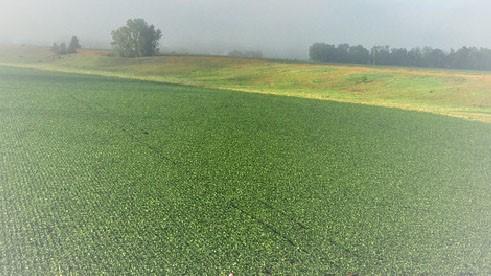




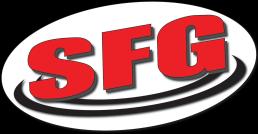 Charles Smith Agronomy Operations Manager
Charles Smith Agronomy Operations Manager

Fall is officially over, winter has started, and the weather has shown it. I would much rather keep the warm weather. The moisture that we have received this fall made it nice for fall application of NH3. Let’s hope the moisture keeps coming so that we can get replenished from last year’s short fall. The mild fall weather allowed us to have a great season for fertilizer application and field work. We usually apply about 40% of NH3 in the Fall, but this year we applied at least 50%.

Dry fertilizer and Super Grow application was ahead of schedule as well. This will give us more flexibility come springtime.
In other work, we’re all busy planning next year’s inputs. Unlike the past two years, most products are steady in price and available. Today we have plenty of supply of the main chemical that we carry. We do not anticipate this changing.









This past fall at the Milo elevator, work went very well. Completed projects have given us separate pits for both corn and beans. The new receiving pit outside and accompanying leg worked very well. We also put in two overhead bins for loading out corn. These were great improvements for this location.
Thank you for the support in making these projects possible. At SFG, service is our specialty, and we are here to serve you.
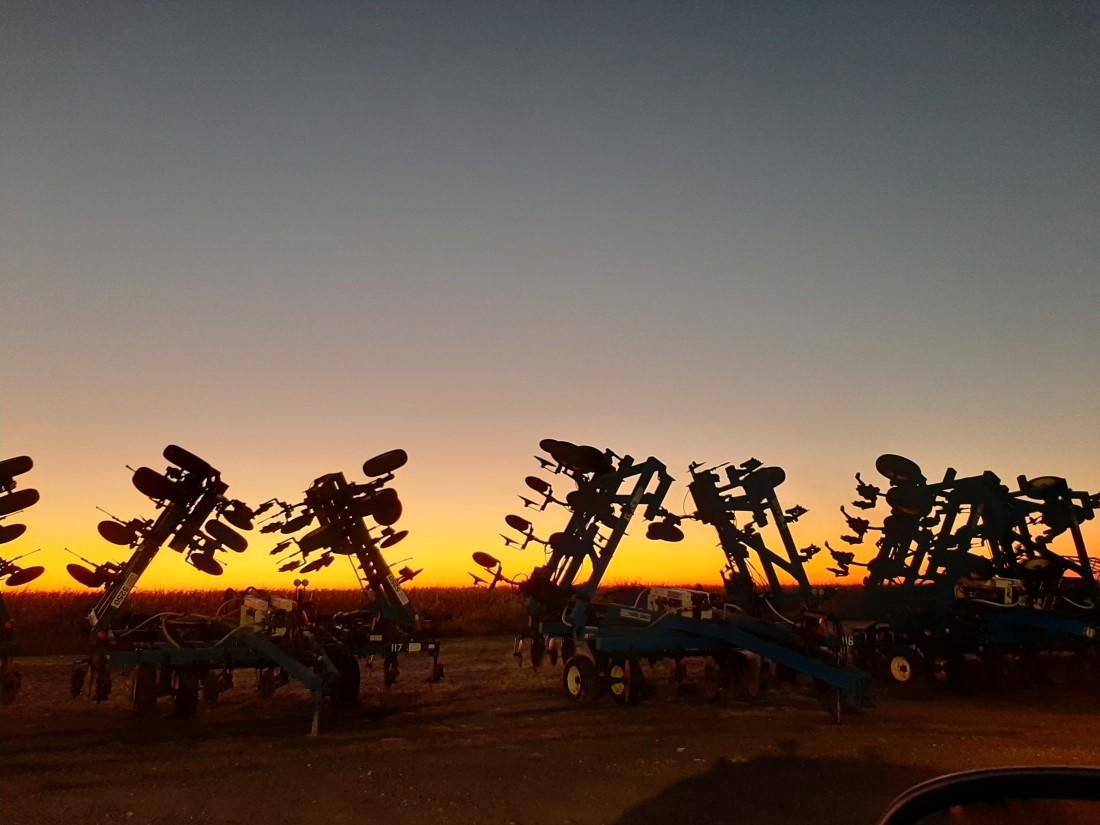








 Derrick Hoodjer, Agronomy Programs Director
Derrick Hoodjer, Agronomy Programs Director
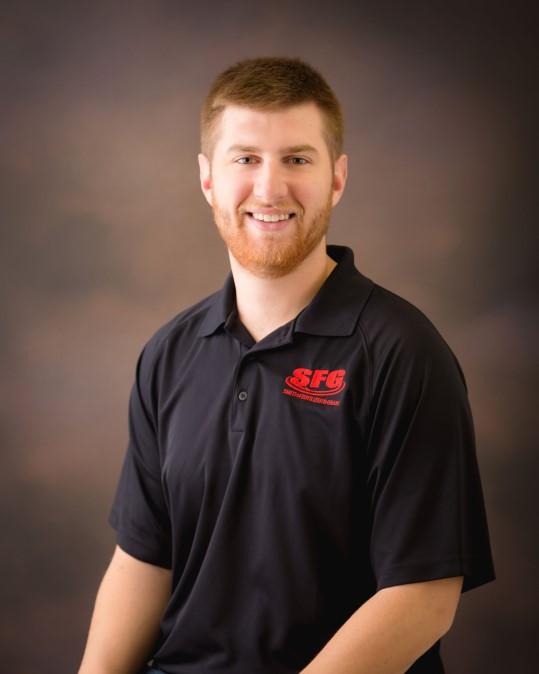
Agronomy operations in SFG’s central region have been going very well. We had a good fall for NH3. This should make for a good jump start to the planting season in April. Fertilizer and lime spreading was put on hold towards the end of December. It looks like we should have some good weather in early 2023 to get more of this work done.
We had a great fall on lime this year. Lime continues to show its importance, because if the pH is incorrect our fertilizer plan does not work. PH is very important with phosphorus fertilizer because phosphorus becomes unavailable very quickly with low pH.
Seed purchasing and planning is in full swing. Hybrid placement and finalizing orders is very important right now. The top hybrids are starting to become harder to find, so plan now to ensure planting season goes smoothly. Even in the drought of last year, there were parts of fields that performed very well. These areas are more forgiving and can be pushed for higher yields. We recommend 36,000 – 38,000 corn seeds per acre in the good parts of the field that are managed
well. This won’t make the dollars per acre cheaper but will have huge benefits on the ROI. With high commodity prices, looking to capitalize on the good parts of the field is very important, and this is one of the best ways to accomplish that.
Another option to reduce fertilizer costs is variable rate application with grid sampling. With highdollar fertilizer, these combined methods can pay for themselves. Spreading fertilizer based on grid samples and yield zones continues to be the best way to manage yield variability in dry areas.
Also split application of nitrogen should be considered. There is some risk associated with applying nitrogen in the fall, but with a planned two-pass system on your nitrogen, much of the risk is taken out. SFG will have even more capability to apply in season urea. With the lower prices going into prepay time, many customers are taking advantage and lining up their second pass.
Our sales staff has been working hard this winter during prepay time. We are more than willing to look at operations and give recommendations. All of our Agronomy staff are Certified Crop Advisors. We work hard to stay on the cutting edge of service and technology. If you’re looking to make a change, reach out to any of us at SFG. We can point you in a direction that will improve your farming operation and the bottom line at the end of the year.
I want to thank you all for your business during years past, and hope to continue to work with you all in the future.


In the Northwest area we had a good run of fall NH3, fertilizer, and lime. Good weather and a warm, dry fall gave us ample opportunity to apply most acres. Combining that with the aboveaverage winter weather we’ve experienced should make spring work much smoother.
In the past few months I have heard many concerns about 2023 input prices. We must look beyond initial costs and focus on the value a product will bring to your operation. Will you lose more in yield than you save by cutting costs?

Some things to focus on while procuring 2023 inputs for your acres:
• We must start with a seed that will produce top end yields. This seed must take advantage of all seasonal growing conditions. It should contain traits that optimize yields, and be strong against insects, weeds, fungi, and dampness.
• We must effectively apply fertilizer to optimize crop growth and development. VRT application allows fertilizer to be applied where needed, adding value to your operation. We have many new and exciting options in VRT fertilizer at SFG. Information gained from yield potential,









CSR, soil types, and soil test information gives us the capability to spread fertilizer more accurately than ever. This information and these methods optimize returns across your entire farm. Cheating on rates below optimum return only cheats you out of yield potential.
• We must keep fields clean to prevent weeds from robbing our crop yield. One-pass programs have failed many times in the past. There is no reason to think we can get by with anything other than a multiple-mode two-pass program. Prices may be higher, but the weeds don’t care.
• We must protect our crops against disease and insects as needed, with fungicide, insecticide, seed treatment, and other forms of protection.
Talk to your local SFG agronomist to help you put your agronomy plan together for 2023 to keep that competitive edge on your neighbors.

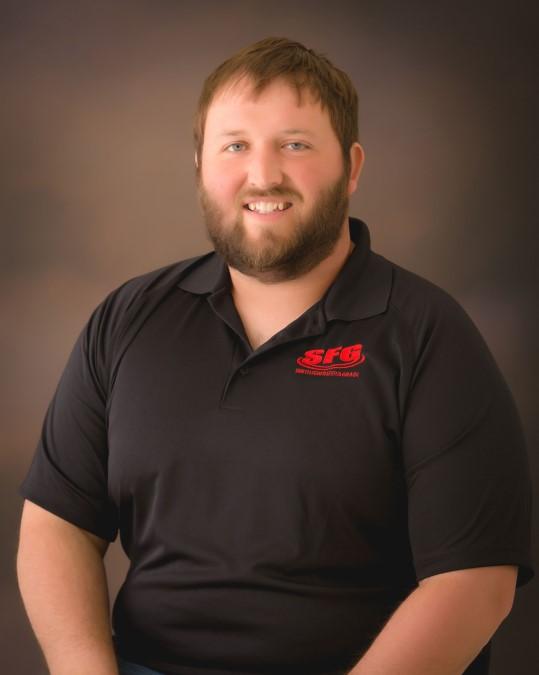










Over the past week, winter has really set in with some of our coldest weather so far. Fall weather and conditions allowed us to put on a larger than normal amount of dry fertilizer and NH3. Then came the rain and the cold, so it appears we are done with NH3 work until spring.
As we look forward to Spring 2023 here in Centerville, we are sitting pretty good on dry fertilizer application. As with NH3, dry fall conditions gave us a longer than normal window to work. We got a good chunk of work done before the weather got cold. That will take some of the stress off the hectic spring application time.
As we look forward to 2023, this is a great time to sit down with your agronomist and go over all your spring fieldwork plans. Giving us this this information allows us to create an agronomy plan tailored to your farm. It lets us know what products you would like to use and keeps us timely on applications.
Interest rates on operating money have been a hot -button topic in the country this season. If they
continue to rise, it will be an issue many of us will have to face. At SFG we offer operating programs through John Deere Finance that are much lower than regular operating rates. If that is of interest to you, let us know and we can get you more information.
As we look forward to 2023, getting the best ROI on your acres will be as important as ever, and here at SFG we want to be able to help anywhere we can. We will be getting ready to plant in about 90 days so stay safe and have a happy new year.
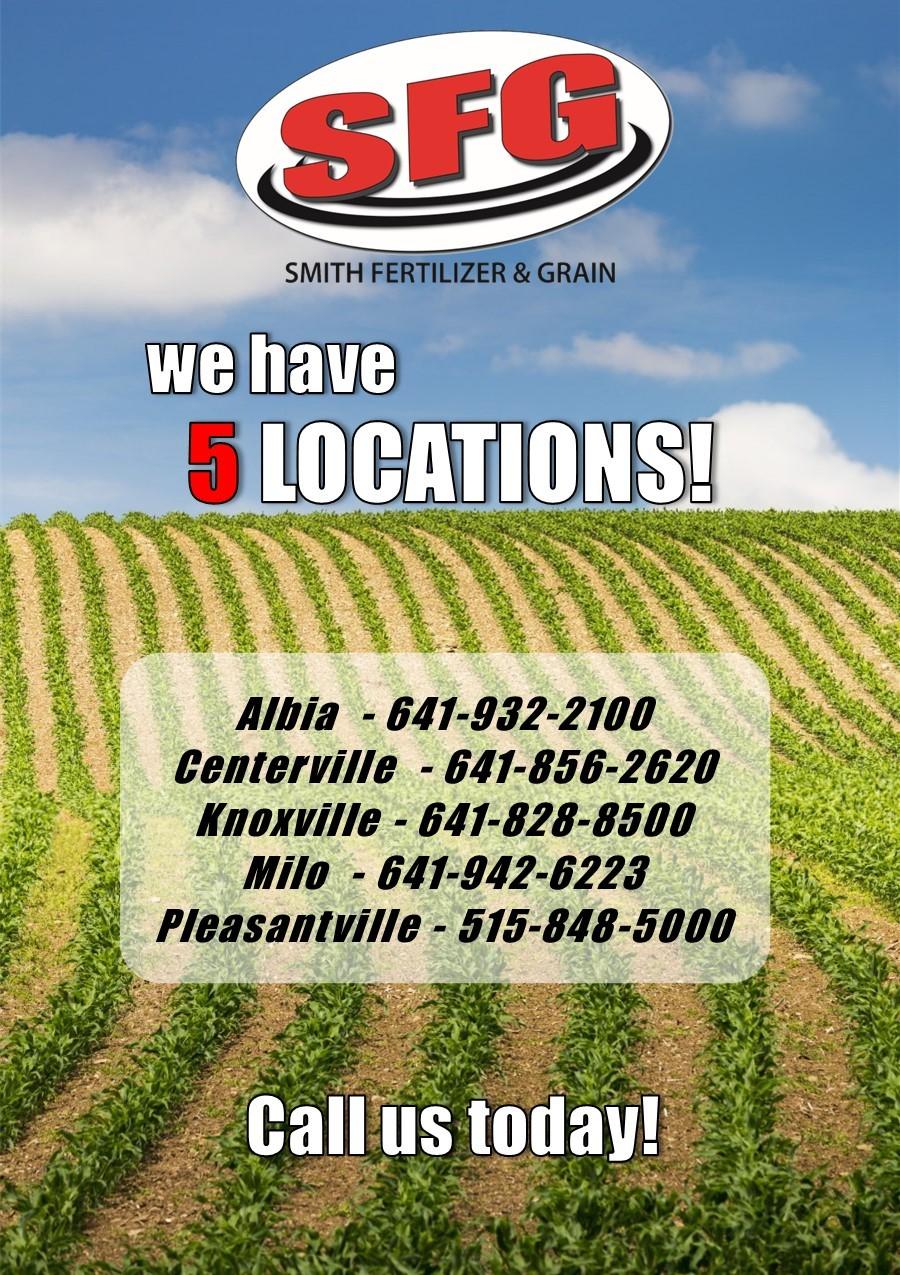








 Mark White Grain Division Manager
Mark White Grain Division Manager
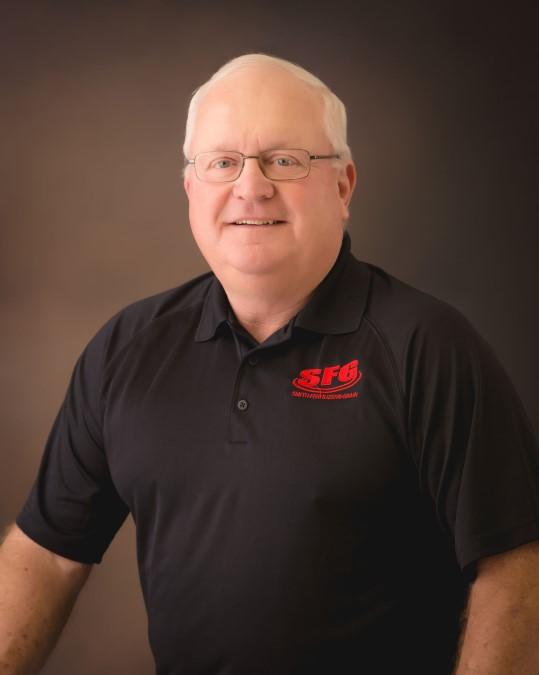
2022 is now in the books and we can look forward to a new year. The best way to describe the grain markets for the past 2 years plus is volatility. There is a very good chance we will see this continue in the coming year. We are working on the third year of higher-thannormal grain prices. Normally increasing markets run out of gas in a year or less. However, we are also in the middle of dramatic inflation to the extent we have not seen in 40 years. The government says net farm income will be almost record high for a second year in a row. They are probably correct, but it will take all this extra money to operate on in the coming year. Inputs are expensive, land costs keep going up, and interest rates have gone up tremendously. The input supply chain has improved, and it appears the chemicals that were hard to find last year will be more available this spring. However, new machinery and parts continue to be a problem. Initial planting expectations are for more corn and beans to be planted this year. The old saying “the cure for high prices is high prices” will ring true at some point. Farmers are known for planting all they can while things are good and right now things are good. If we look back at the past year front month corn on the board of trade was 80 cents higher on December 30 than a year previous. Beans ended the same time frame 1.79 higher. At some point in the past year the board had beans well over 17.00 and corn came close to 8.00. Both highs were short lived and not many sales hit those levels. But many did make very profitable sales. It was a perfect year to make use of an averaging program where you make several sales and end up with a decent average once the crop is sold. A person
rarely hits the top of the market with a single sale; therefore, you need to make multiple sales during the year. Of course, this is where I interject the need to know your break-even levels so you know when you are making profitable sales. These numbers have changed big time in the past couple of years due to higher input prices. Using seat of the pants estimates are not very accurate. This past year also reminded some that yields can be very variable, so you need to leave some wiggle room for a shorter than normal yield. Going forward it will take more money to put a crop in and that in turn increases your risk. One way to protect this risk is forward selling some of the crop. Currently new crop beans are in the mid 13.00 range which should be a profitable number to start with. Granted old beans are in the upper 14.00 range right now, but we can’t count on that price for fall. New crop corn is in the 5.70 range and is probably a little on the light side right now. Normally sometime between now and spring there will be an acre war and we need to be prepared to make some new crop corn sales. A lot of high price fertilizer went on this fall, and it would be wise to price protect some of this. As farmers we are always eternal optimists, you must be to continue in the business we operate in. We need to realize it takes more than optimism to be profitable in these times. Use everything you can protect yourself in the year to come.
Tune in weekdays at noon to 96.7 KIIC for the latest market news, sponsored by Smith Fertilizer & Grain!











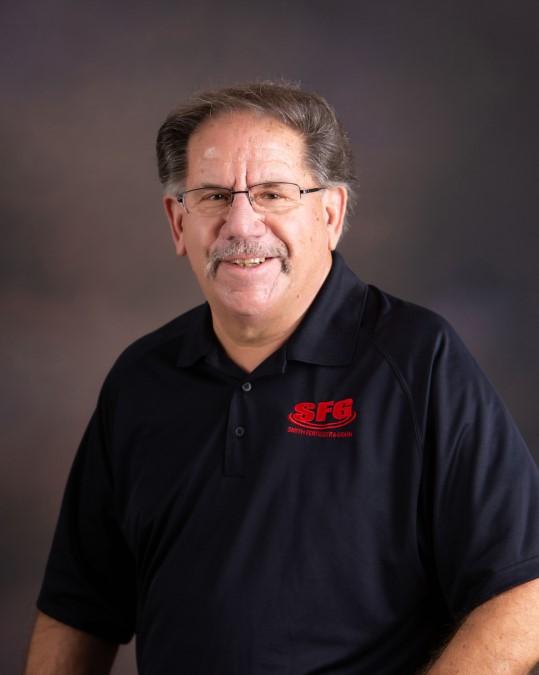
In addition to your warmer and calf puller, there’s other necessities you should have on hand for calving time. Be sure you have scour paste tubs and colostrum packs. SFG’s preferred products are Opticalf paste and OptiPrime colostrum replacer. Both products will go miles towards giving your calves the added boost they need for a strong, healthy start.
The calving season is coming, and we need to make sure that the calves, cows, and heifers get the energy and protein they need the last 60 days before calving. Our first step is to make sure they’re eating as much total feed as possible. Total feed is a combination of hay, corn, sileage, mineral, and anything else the animal will eat. A good baseline is 3% of body weight per day. For example, per day, a 1400-pound cow will eat about 42 pounds, whereas a 1200-pound cow will eat a total of 36 pounds feed.
Mineral is very important. At SFG we carry two primary options: Kent 365 ADE with Bio-Mos, and Hubbard Blueprint Cow Calf 5 with Bio-Mos. Both products utilize Bio-Mos to reduce scours at calving time and increase milk quality. The Hubbard product goes two steps further, utilizing many chelated trace minerals and organic selenium. The selenium passes through the placenta to the calf, causing the calf to be born with high selenium status. The selenium also passes through the milk to the calf as it is nursing.

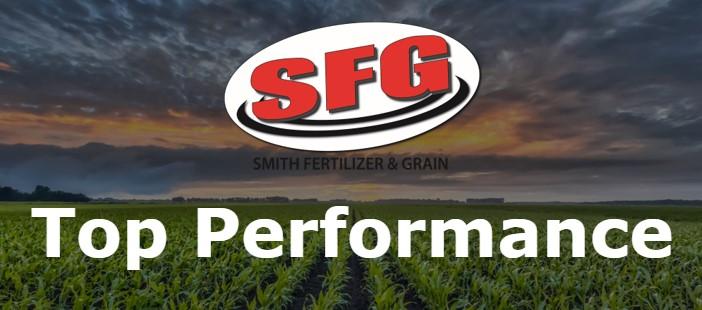
For any questions on Be sure to give me a call at 641-218-4232 and let me know your calving time needs. We’re glad to help!
New episodes posted Monday mornings! Click Here to view, or look us up on YouTube!
Tune into SFG Top Performance, our weekly podcast with all the information you need to increase your profitability and success!